Custom printing and embroidery
We collaborate with reputable factories specializing in printing and embroidery to offer a wide range of custom processes, ensuring your unique designs are crafted with precision and care.
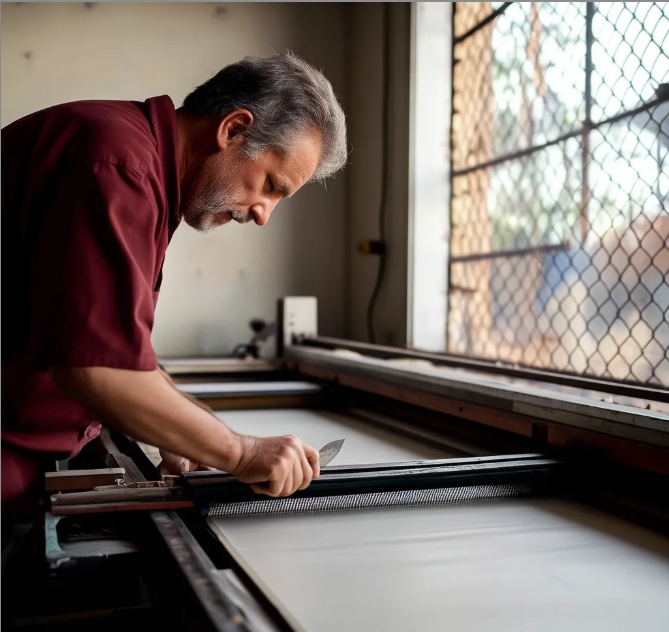
Screen printing
Screen printing is a classic technique that utilizes a taut screen with a stencil of the design. Ink is pressed through the open areas of the screen onto garments, such as T-shirts, to create vibrant designs. Ideal for large surfaces and intricate patterns, this method also supports multi-color prints by layering different ink hues, offering rich color variations.
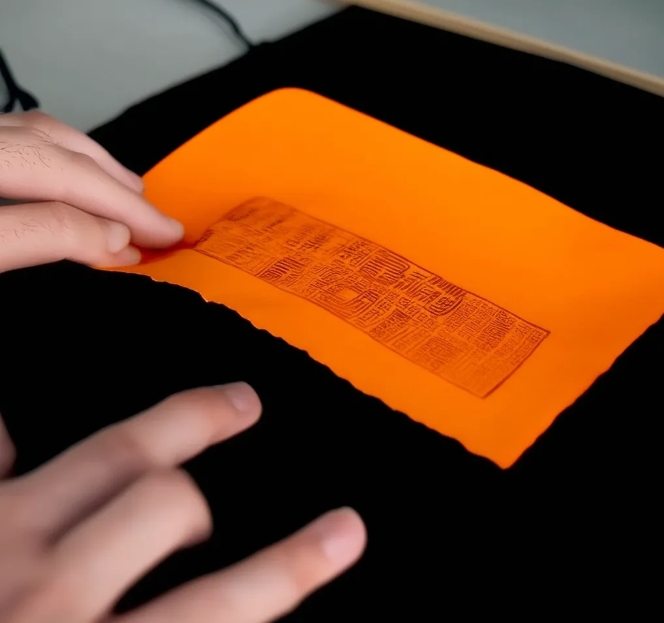
Heat Transfer
Heat transfer involves printing a design onto special paper and then applying it to a T-shirt using heat and pressure, embedding the design into the garment fibers. Perfect for small designs and logos, this technique offers high resolution and precise detail. It is well-suited for both mass production and personalized items due to its efficiency and quick application process.
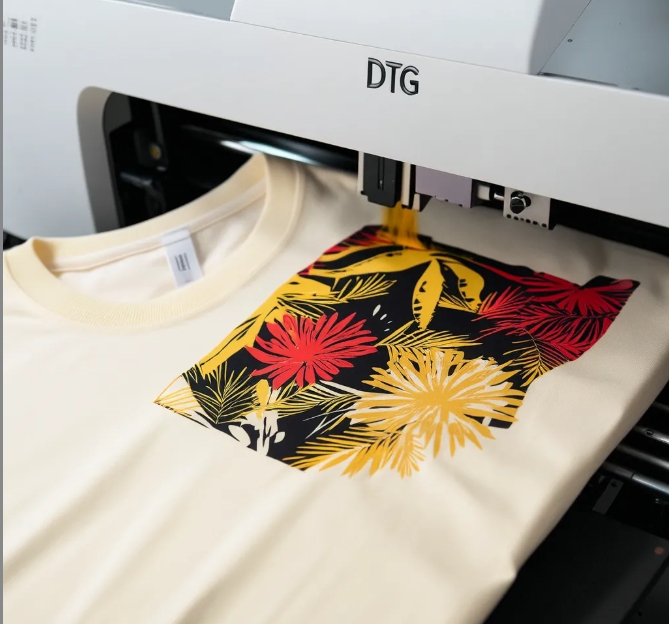
Digital Printing
Digital printing uses a specialized inkjet printer to transfer designs directly onto t-shirts. This technology is ideal for complex patterns, multi-color, and gradient color designs. It supports high-resolution images and can be customized as needed. Digital printing also offers the advantage of fast production.
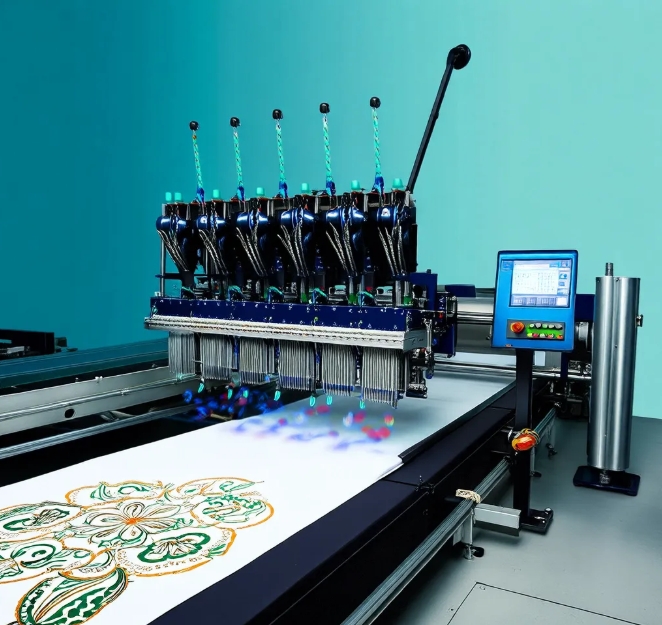
Dye Sublimation
Dye printing is performed by first printing the design onto specialized transfer paper, then utilizing heat and pressure to transfer the dye into the T-shirt fibers. This technique is particularly suited for full-width and intricate designs, as the dye penetrates the fibers to produce a long-lasting, high-quality pattern. Offering vibrant colors and crisp details, dye printing ensures that designs do not fade or wear off, maintaining their integrity over time.

Embossed
Embossing technology creates a variety of raised patterns and textural effects on fabrics by applying heat and pressure, including but not limited to floral designs, geometric shapes, and text. This technique aims to enhance the aesthetic appeal and texture of the fabric, while also enriching garment design in detail.
Selecting the appropriate fabric is crucial for the embossing process, as different fabrics react differently to heat pressing and texturing treatments.
This description focuses on professionalism and conciseness, making it suitable for communication in a business environment.

Metallic Foil Screen Print
Foil stamping is a widely used decorative technique that creates metallic-looking patterns, text, or embellishments on the surface of items. This process uses heat and pressure to adhere metallic foil to the item’s surface.
Foil stamping is a specialized technique that typically requires specific equipment and expertise. Therefore, for large-scale production or complex design needs, it is recommended to work with a professional foil stamping service provider to ensure the final product achieves the best results and highest quality.
This description is not only clear and concise but also emphasizes the importance of professional collaboration, making it highly suitable for communication in a business setting.
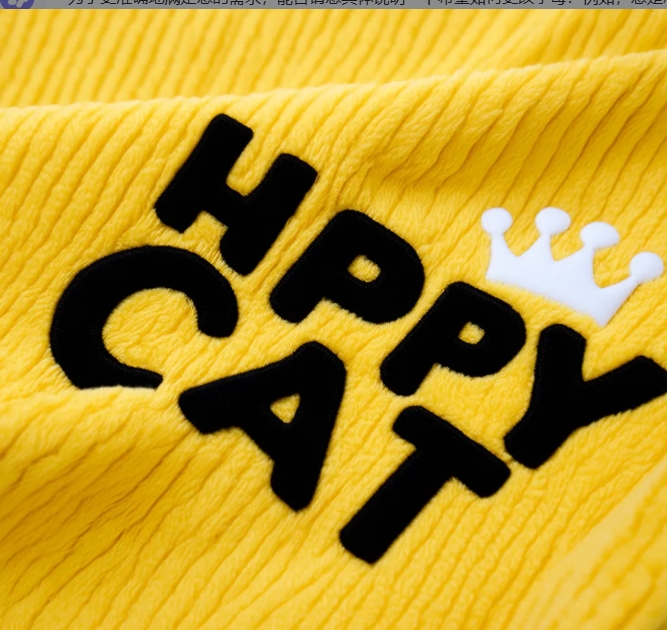
Flocked print
Embossing is a refined decoration technique that enhances fabrics with raised patterns or textured effects, utilizing heat and pressure. Ideal for adding visual appeal and texture, it’s perfect for creating anything from floral designs and intricate patterns to standout text and textures.
This method not only elevates the aesthetics of fabrics but also enriches garment detail, making each piece unique. However, selecting the appropriate fabric is crucial, as different materials respond variably to embossing, affecting the final outcome. Choosing wisely ensures the best result, maintaining both quality and design integrity.
This approach allows for creative expression while ensuring practical considerations are met, promising an impeccable finish every time.

Flat Embroidery
Flat embroidery is one of the most common and traditional embroidery techniques. It uses different colored threads to embroider flat patterns and designs on fabric.
Flat embroidery can be done on a variety of garments and textiles, such as shirts, hats, bags, etc. It is usually used for simple embroidery designs such as logos, text and patterns.
Flat embroidery can be achieved on a variety of fabrics, from cotton to linen, silk and nylon.

3D embroidery
3D embroidery is a special embroidery technique that creates a three-dimensional effect on top of flat embroidery by using a filler thread or filler material. This allows the pattern or text to be raised on the fabric, creating a more vivid and realistic appearance.
3D embroidery is often used on garments such as hats, shirts and sportswear to add visual appeal and texture. It is particularly suitable for designs such as logos, images and text where a stand-out effect is required.
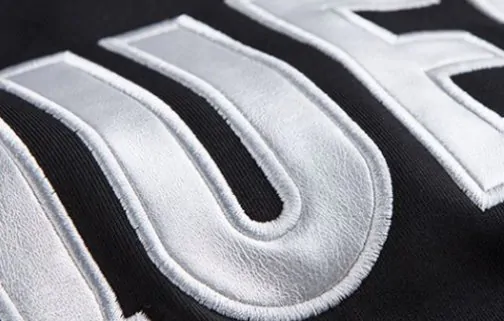
Flat Embroidery
Applique embroidery is an embroidery technique in which a fabric patch that has already been created is stitched onto the main fabric. This type of embroidery allows for the creation of multi-layered, multi-colored and rich patterns on garments.
Patch embroidery is commonly used to create clothes, sportswear, trousers and jackets. It is suitable for creating unique designs, particularly where rich textures and layered embellishments are required.
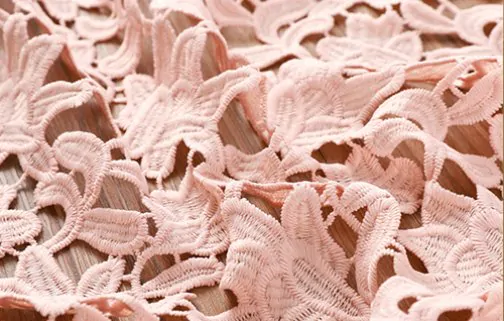
Flat Embroidery
Openwork embroidery involves creating an opening or openwork effect by embroidering a specific pattern on the fabric and cutting the fabric inside the pattern.
This type of embroidery is often used to create delicate women’s garments such as dresses, evening gowns and wedding gowns.
Openwork embroidery can create delicate and intricate patterns and details adding unique artistic and premium details to garments.